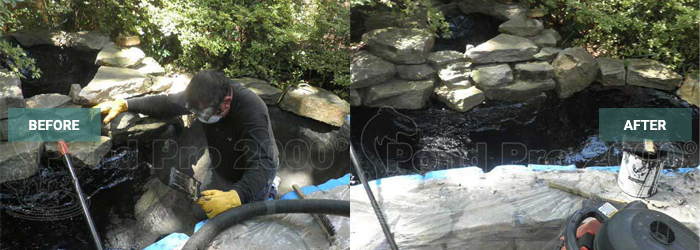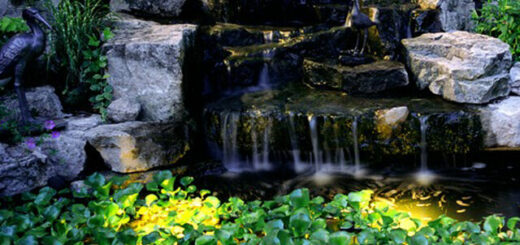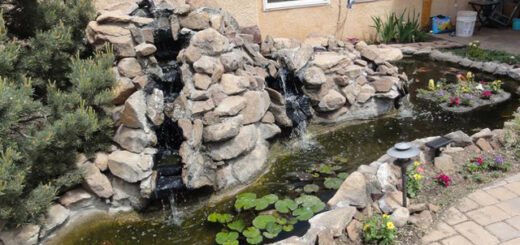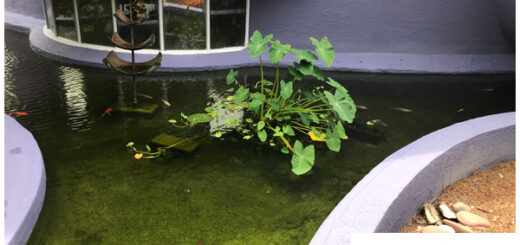Typical Problems with Concrete Ponds and How to Repair Them
Concrete ponds can enhance any garden or backyard, creating a serene oasis for fish, plants, and relaxation. However, like any outdoor structure, they are not immune to problems over time. Understanding these common issues and knowing how to address them is crucial for maintaining a healthy and beautiful pond.
1. Cracks in the Concrete
Cracks are one of the most prevalent issues faced by concrete ponds. They can occur for various reasons, including ground movement, temperature fluctuations, and natural settling. If left unaddressed, these cracks can worsen over time, leading to significant leaks and structural damage.
The first step in repairing cracks is to assess their size and depth. A high-quality concrete pond repair sealant can provide an effective solution for hairline cracks. Start by cleaning the area around the crack to remove debris and dirt. Apply the sealant generously, ensuring it fills the crack. Smooth the surface with a putty knife or finger for a neat finish. You may need to use a concrete patching compound before applying the sealant for larger cracks.
2. Leaks
Leaks can be a significant concern for concrete ponds, often resulting from cracks, faulty joints, or improper installation. Not only do leaks waste water, but they can also lead to unstable soil around the pond, jeopardizing its structural integrity.
To identify leaks, conduct a simple bucket test: Fill a bucket with water and place it on the pond’s edge. Mark the water level inside the bucket and the pond. If the pond’s water level drops more than the bucket’s, you likely have a leak. Once located, use concrete pond repair sealant to patch the affected area. Clean the surface thoroughly before application and ensure the sealant penetrates any gaps.
3. Surface Scaling
Surface scaling appears as a white, chalky residue on the pond’s concrete surface. It is often caused by high calcium levels or poor water chemistry and affects the pond’s aesthetics. Over time, it can also weaken the concrete.
To address scaling, drain the pond and scrub the affected areas with a stiff brush and a mixture of water and vinegar. Once the surface is clean, rinse it thoroughly and let it dry completely. Afterward, applying a concrete pond repair sealant can help protect the surface and prevent future scaling by creating a moisture-resistant barrier.

4. Efflorescence
Efflorescence occurs when moisture moves through the concrete, bringing dissolved salts to the surface as it evaporates, leaving behind a white, powdery residue. While it may not directly harm the structure, it can detract from the pond’s visual appeal.
Scrub the area with a stiff brush and a specialized efflorescence cleaner to remove efflorescence. After cleaning, rinse the surface thoroughly. Once it has dried, consider applying a concrete pond repair sealant to reduce moisture penetration and minimize the chances of efflorescence reappearing.
5. Color Fading
Over time, the color of your concrete pond may fade due to exposure to sunlight, chemicals, and other environmental factors. This fading can diminish the overall appearance of your pond.
Consider using a concrete stain or dye specifically designed for outdoor use to restore the color. Before applying any new coating, ensure the surface is clean and dry. Following the color restoration, a coat of concrete pond repair sealant can protect the surface and help maintain its vibrant appearance against the elements.
Final Thoughts
Maintaining a concrete pond requires regular attention to prevent and repair common issues. Utilizing a high-quality concrete pond repair sealant effectively addresses cracks, leaks, and surface problems, ensuring your pond remains a beautiful and functional feature in your outdoor space.






